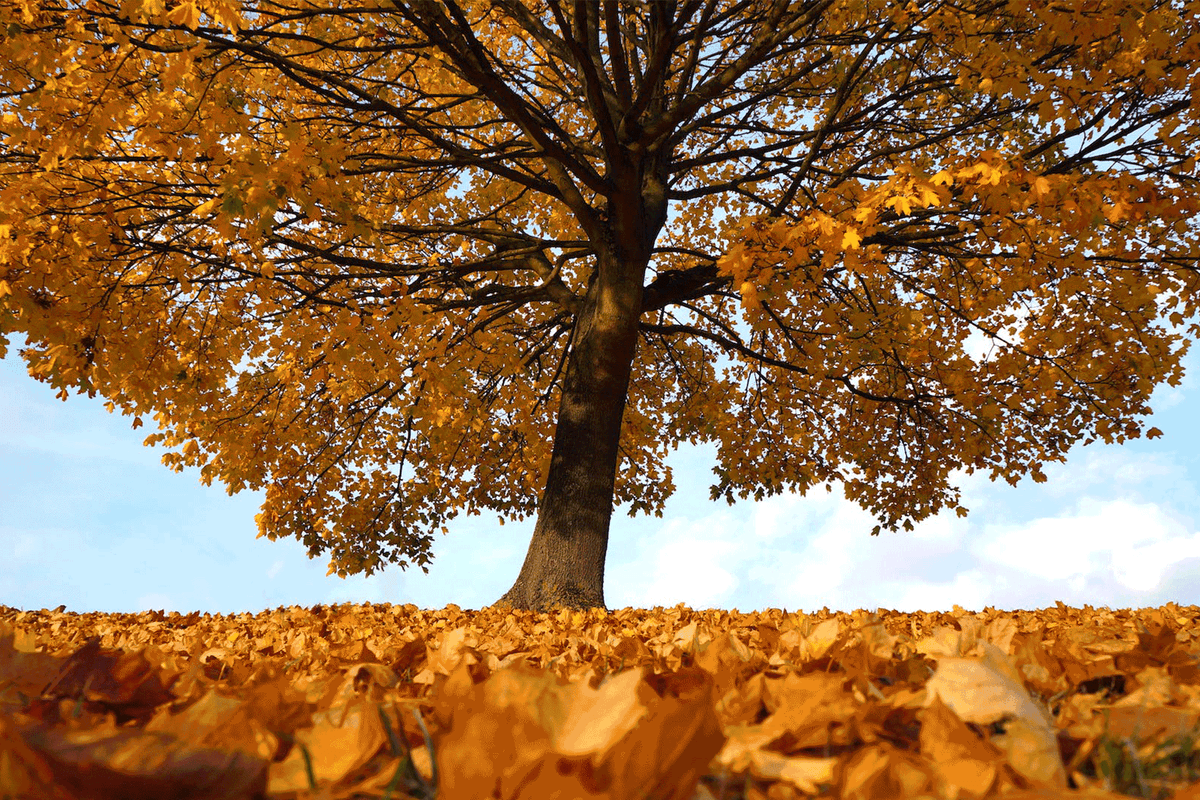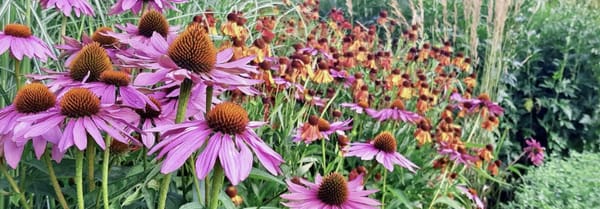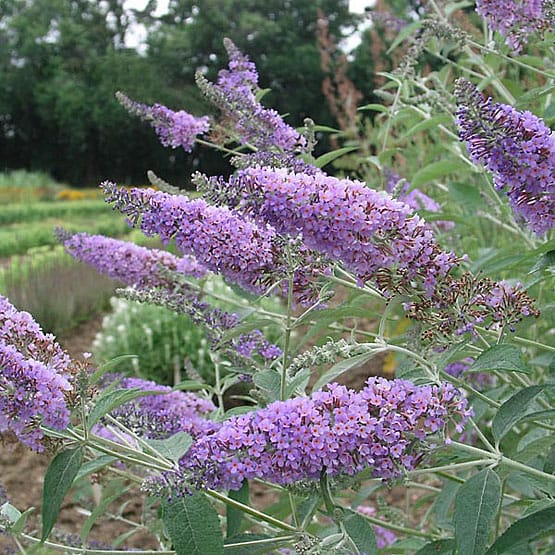Fall Color is a Tapestry of Colored Leaves

The fall color has always been one of my favorite natural phenomena. It is a topic of discussion annually. There are those that will drive hours to go and sit in a field of spring wildflowers and they are the same folks that will drive to see the fall colors. Or fly to another state. Shrubs and trees can have fall color. Same with deciduous plants, but not most evergreens. Deciduous means the plant loses its leaves in the winter months. Colors range from bright red to orange and yellow. If you are lucky enough to find yourself with the timing just right, you might get to watch the Aspens go from green leaf to bright yellow the next week. Or see the Maples in the northeast part of the U.S.
Fall colors start in September, continue in October and, depending on the weather into parts of November.
In my area, the poison oak climbing the trunk of an oak tree turning bright red is a treat. Even a weed — a toxic plant to most of us — can have beauty to marvel. "Pistache cheninsis," or Pistache trees are known for their drought tolerance and pest free characteristics. But their fall color is the cream on top of a delicious cake. Such a range of colors!
Pistache cheninsis start to change color in September while Sycamores, Aspens, Liquidambar leaves turn yellow in October in California.
Meanwhile, Maple, Beech, Birch, Oak Gum and Willow are the most prominent fall color trees of the northeast.
Tree leaves change colors in the fall due to a combination of environmental factors and chemical processes within the leaves themselves. The primary reasons for this color change are:
1. Daylight and Temperature. As autumn approaches, the days become shorter, and temperatures start to drop. Trees can sense these changes, and in response, they begin to prepare for winter. The reduced daylight and cooler temperatures trigger a series of physiological changes in the trees.
2. Chlorophyll Breakdown. Chlorophyll is the green pigment in leaves that plays a crucial role in photosynthesis, the process by which trees and other plants convert sunlight into energy. During the growing season, chlorophyll is continually produced and breaks down at a constant rate. In the fall, as the days shorten and temperatures drop, the production of chlorophyll slows down and eventually stops. As chlorophyll breaks down and is not replaced, the green color in the leaves fades, revealing other pigments.
3. Other Pigments. While chlorophyll is the dominant pigment in leaves during the growing season, other pigments are present but masked by the green color. These pigments include carotenoids (yellow and orange) and anthocyanins (red and purple). When the chlorophyll breaks down and disappears, these pigments become more visible, resulting in the vibrant autumn colors.
4. Environmental Factors. The specific colors and intensity of fall foliage can also be influenced by environmental factors such as soil moisture, sunlight exposure, and temperature fluctuations. These factors can vary from year to year and can contribute to variations in the quality and timing of fall colors.
Different tree species have varying combinations of pigments and may display a wide range of colors in the fall. For example, Maples are known for their brilliant red and orange leaves, while Oak trees typically turn brown or russet.
In summary, the changing colors of tree leaves in the fall are a result of a complex interplay between environmental cues, the breakdown of chlorophyll, and the expression of other pigments within the leaves. This process is not only visually stunning but also serves as a survival strategy for trees to conserve energy and resources during the winter months.
Find Us on Social Media: Facebook | Instagram | TikTok





